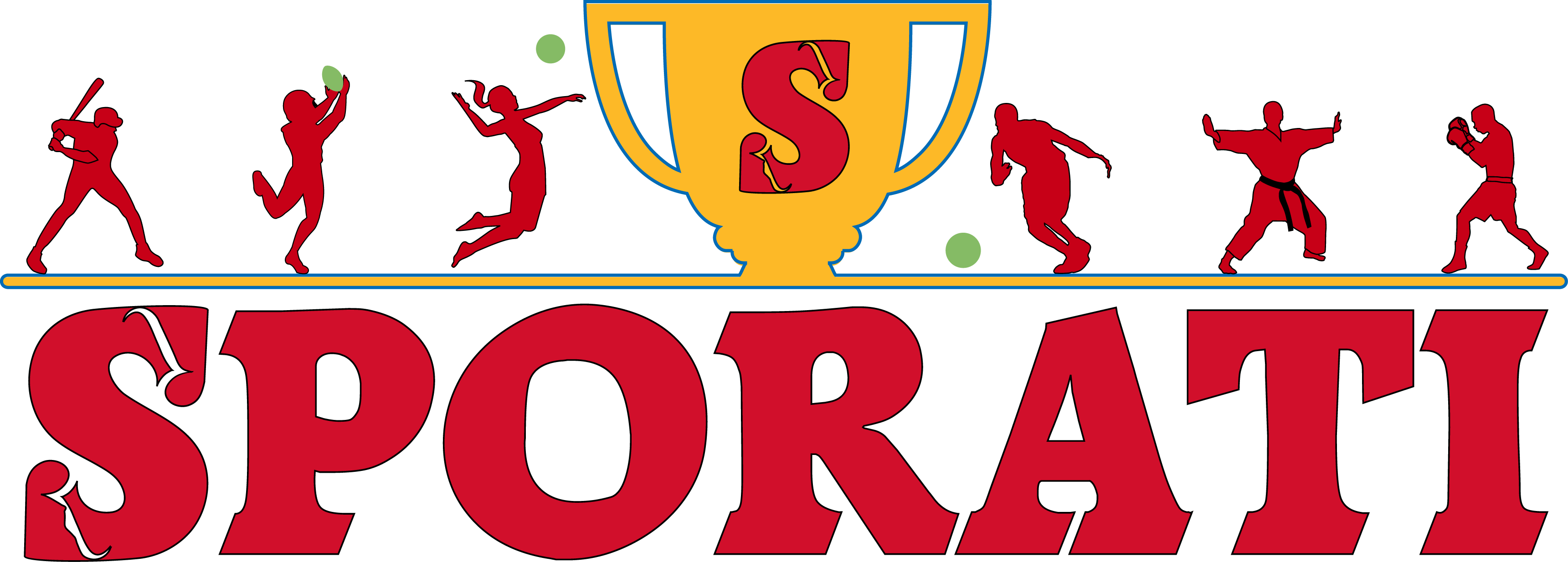New Study Links Sports Bras to Unexpected Back Pain Issues in Women
Sports Bras Cause Pain
They’re the unsung heroes of every gym bag. They come in high-impact, racerback, seamless, and moisture-wicking. For athletes and weekend warriors alike, sports bras are often an essential part of the performance equation. But a recent study has jogged up a rather uncomfortable reality: Your trusty sports bra might be running you toward back trouble.
Designed for Support, But at What Cost?
In a twist that’s making waves in fitness and fashion circles alike, a new study out of the UK has put sports bras under the microscope. Researchers have discovered that, while sports bras offer vital breast support and reduce uncomfortable movement during exercise, some styles may actually contribute to back and muscle painparticularly if they don’t fit well or if worn for prolonged periods.
According to the study from the University of Portsmouth, the issue doesn’t lie in sports bras across the board, but rather in specific structural designs that limit upper body mobility. Shoulder-restricting bra styles, particularly those that are too tight, can alter biomechanical movement, trigger compensatory posture, and wreak havoc on upper back muscles over time. Not quite the fitness gains most gym-goers are after.
Compression vs. Encapsulation: The Great Debate
Sports bras typically fall into two categories: compressionwhich press the breasts against the chest walland encapsulationwhich use separate cups for individual support. Compression bras, often the go-to for high-impact workouts, are now under scrutiny for limiting natural shoulder blade movement and increasing stress on the thoracic spine.
“While compression styles reduce bouncing effectively, their tight fit can restrict arm swings during running and result in longer-term muscular fatigue,” said Dr. Jenny Burbage, a co-author of the study and biomechanics expert.
A Pain in the Back: Women Share Their Struggles
Women have long endured the age-old battle of function versus fashion in the bra world, but now, the stakes are higherliterally. From yoga instructors to marathon runners, many active women say they’ve experienced upper back tension, shoulder soreness, and even headaches after prolonged use of certain sports bras.
“It started as a dull ache between my shoulders and turned into chronic neck pain,” shared Liz Mendez, a CrossFit trainer in Charlotte. “I never thought my gear could be the problem until I switched bra styles and saw immediate relief.”
The study’s authors echo her experience. They suggest that tight bra straps and restrictive materials can put pressure on the trapezius muscles and nerves, contributing to pain some athletes write off as normal post-workout sorenessor, worse, ignore until it morphs into a chronic issue.
Fit Is (Still) Everything
One of the recurring themes in the studyand among sportswear professionalsis the importance of an accurate fit. It’s estimated that a staggering 80% of women wear the wrong bra size, and sports bras are no exception. Combine a poor fit with high-impact motion, and the back takes the brunt of the battle.
“Most women focus on breast support, but forget to evaluate how their bra affects their shoulder mechanics,” said Burbage. “A proper-fitting bra should provide support, retain mobility and comfort, and shouldn’t be felt at all after the first mile.”
Rethinking Design for Performance and Health
The study doesn’t suggest tossing your collection of Lycra and meshfar from it. Instead, it calls for a more ergonomic, motion-focused approach to bra design, especially for active wearers. Think shoulder-hugging systems that mimic natural movement, breathable fabrics, and adjustable straps that distribute pressure rather than concentrate it in a few painful places.
Some brands have already begun to innovate. Lines from major athletic companies are designing gear with motion-tracking data, developing kinetic-aware sports bras that support without sacrifice. These options feature wider straps, soft but firm encapsulation, and back-friendly panels based on the body’s muscular and skeletal map.
What You Can Do Today
- Get Fitted by a Pro: Many specialty stores offer free fittings by trained professionals. Knowing your accurate band and cup size could be a game-changer.
- Check Your Range of Motion: If your shoulders or arms feel restricted when you lift or swing them, it’s time to try another bra.
- Rotate Your Gear: Just like sneakers, don’t wear the same bra every day. Alternate between styles to prevent pressure points.
- Listen to Your Body: Back pain isn’t part of your fitness plan. If it develops, your sports bra could be the silent saboteur.
Taking the Weight Off Our Shoulders
Sports bras aren’t the villain in this storythey’re essential allies in athletic comfort and performance. But like any piece of equipment, when used incorrectly or built the wrong way, they can do more harm than good. The solution? A new wave of awareness, smarter shopping decisions, and a call for fitness fashion that works with the body, not against it.
So, next time you gear up to hit the track, remember: the right support isn’t just about stopping bounce; it’s about keeping your back on track.


